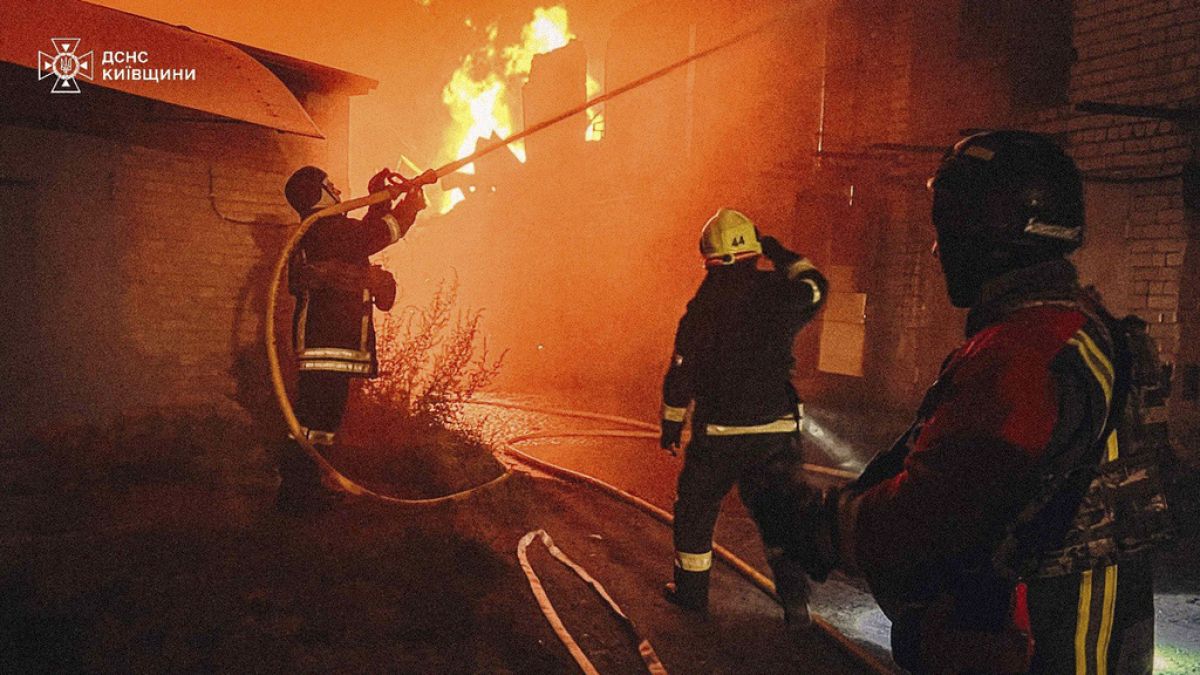

In recent days, the world has witnessed significant developments in several conflict regions, as nations grapple with rising tensions and seek diplomatic resolutions. This report offers a calm and comprehensive overview of these unfolding events.
In Ukraine, Russian military activities continue to impact the daily lives of civilians in the Donetsk and Kherson regions. Recent reports indicate that Russian forces have targeted residential areas, along with key infrastructure, leading to the tragic loss of at least five lives. Such incidents highlight the ongoing challenges faced by communities in these areas as they navigate the complex situation. Meanwhile, Ukrainian forces have responded by launching attacks on strategic locations, including a strike on a Russian airbase—an operation carried out as Moscow intensifies its bombing campaign.
The geopolitical climate surrounding the conflict remains dynamic, with diplomatic engagements playing a pivotal role. Ukrainian President Volodymyr Zelenskyy recently described a conversation with US President Donald Trump as “very important and productive,” suggesting ongoing efforts to stabilize and address the conflict through international collaboration.
Parallel to these events, intelligence agencies from the Netherlands and Germany have raised concerns about the reported use of banned chemical weapons by Russian forces in Ukraine. The use of chemicals like chloropicrin is not only alarming but has prompted calls for increased sanctions and support for the Ukrainian government from the international community, emphasizing the necessity of robust oversight and accountability in conflict zones.
In another region, tensions remain high between Pakistan and Afghan-origin militants. Pakistani security forces have reported the successful interception of 30 militants attempting to infiltrate from Afghanistan. This development underscores the broader challenges of militant violence in Pakistan, much of which has been linked to the Pakistani Taliban. The situation continues to require vigilant security measures and cooperative regional strategies to enhance stability and peace.
Moving to the Middle East, the ongoing conflict in Gaza has seen fresh Israeli airstrikes resulting in the unfortunate loss of 38 lives. As tensions persist, Israeli Prime Minister Benjamin Netanyahu is set to meet with US leadership in Washington to discuss potential ceasefire agreements. The pursuit of a truce reflects a shared hope for reducing hostilities and prioritizing humanitarian needs in the region.
Simultaneously, within Gaza, there are revelations of unexpected alliances. A group opposing Hamas has publicly acknowledged its cooperation with the Israeli military, citing the ability to operate freely within certain zones. Such dynamics reflect the intricate and multifaceted nature of allegiances in conflict-prone areas, emphasizing the need for thorough understanding and carefully calibrated responses.
As these conflicts and diplomatic negotiations unfold, the global community continues to watch closely, hopeful for peaceful and sustainable resolutions that prioritize the welfare and security of affected populations. While challenges persist, coordinated international efforts and measured responses offer a pathway forward, aiming to alleviate suffering and promote long-term stability.
Source: {link}
